How To Order the Best Steak at a Restaurant, According to Chefs
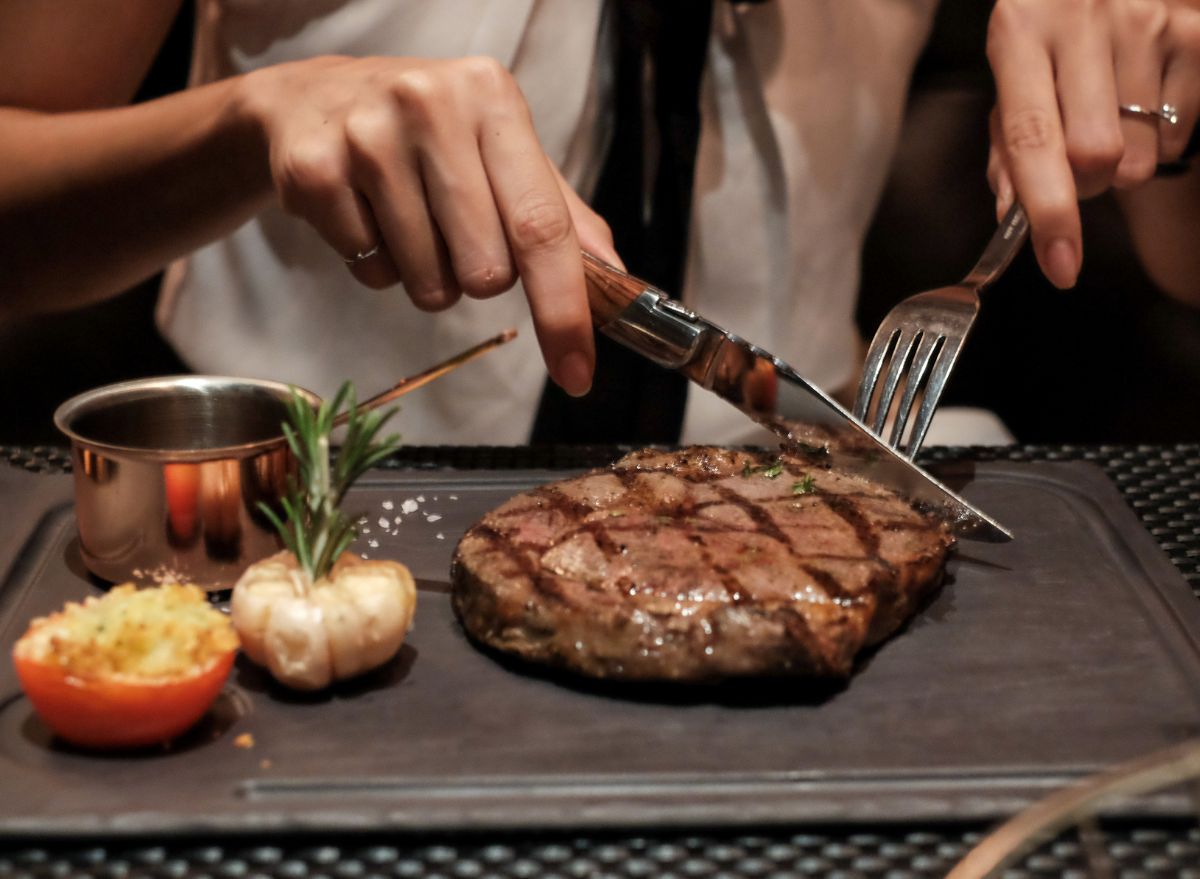
Nothing beats a delicious, juicy steak cooked to perfection and exactly how you dreamed it to be. But if you've been saving up to treat yourself to some well-seasoned beef at a steakhouse, you're going to want to feel prepared so that you're getting the best bang for your buck.
Unfortunately, this process can be overwhelming if you don't know where to start or aren't aware of what goes into ordering the best steak at a steakhouse. To help, we talked with a few professional chefs about what you may want to know going into your next dining experience.
Know if the steak is fresh, or where it comes from.
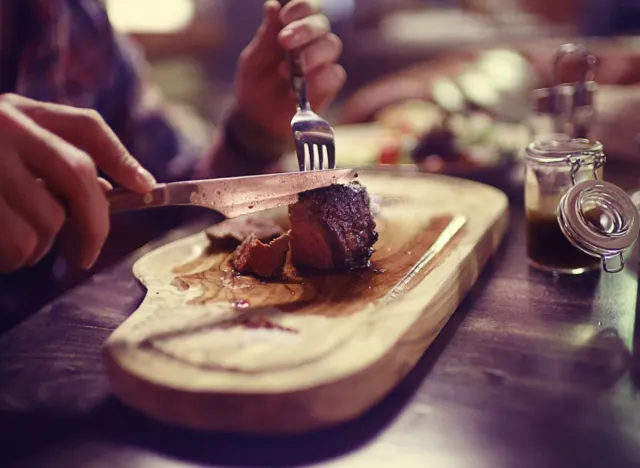
The first thing to consider is where your steak is coming from, especially if you're going to be spending a pretty penny. You can either try finding it on the restaurant's website before you go, or you can ask when you arrive.
"As a chef and business owner, I take pride in our work with local farmers and butchers. If I am dining out, I tend to want to know where my food comes from and whether it's fresh, local, or ever frozen," says Head Chef Charley Sigler of Fort 88.
Find out how it's going to be cooked.
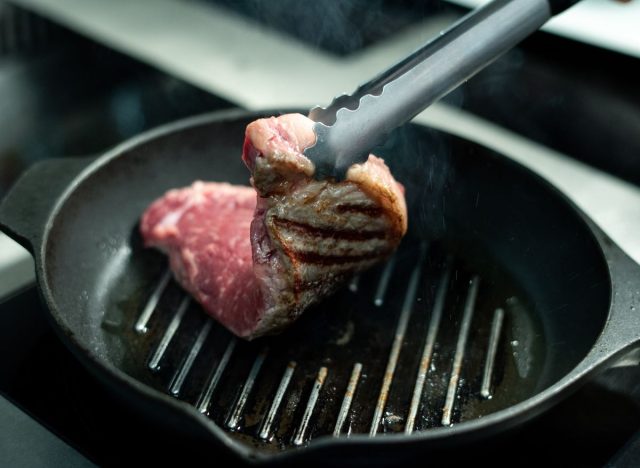
It's also important to consider how your steak is actually going to be cooked to make sure it's in a way you enjoy.
"If you're spending the money on a steak, patrons should also know how their steak is going to be prepared. This could be pan-seared, broiled, grilled, or cooked over a live fire, to name a few," says Sigler. "No choice is a bad choice, but if you don't enjoy the taste of char then I would avoid grilled or live fire-prepared steaks."
Know the "buzz words."
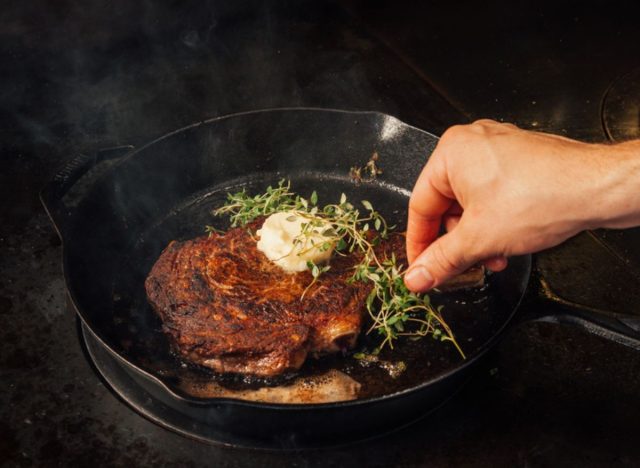
Sometimes menus use phrases you may not recognize, which can make the ordering process confusing.
"The best way to choose a steak when eating out is to know about the new cuts of beef out there and what all the buzzwords mean because there are so many new cuts of beef that Chefs are doing some incredible things with," says Isaac Toups, Chef and Owner of Toups Meatery and Bravo TV's Top Chef season 13 "Fan Favorite." "For instance, dry-aged is a keyword I look for because dry-aged steaks have more concentrated flavors and more tender beef. Grass-fed is another favorite, which means the beef will be leaner and have a delicious earthy flavor profile."
Know which cut you prefer.
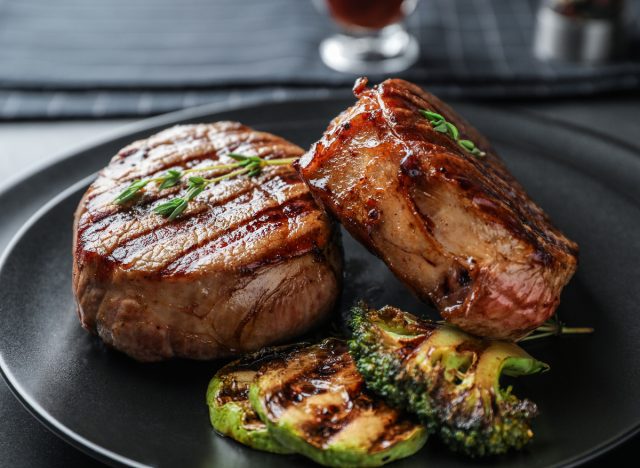
One of the most important things to know when ordering a steak is which cut you're looking for.
"The most common cuts of steak you'll see at a restaurant are filet mignon, NY strip, sirloin, and the ribeye steak, which are all good cuts of beef," says Sigler.
Choosing the best one just comes down to your personal preferences. "The ribeye is the best tasting cut of beef because it has the best marbling of fat, but some people prefer the leaner taste of the filet."
And if you're feeling adventurous, Toups suggests trying something new. "Be open to different cuts of beef and ask a lot of questions," he says. "Ranch steaks are good everyday steaks, while short ribs and brisket are awesome when braised. I also always suggest opting for a bone-in steak so you get the additional pack of flavor!"
Decide on the temperature.
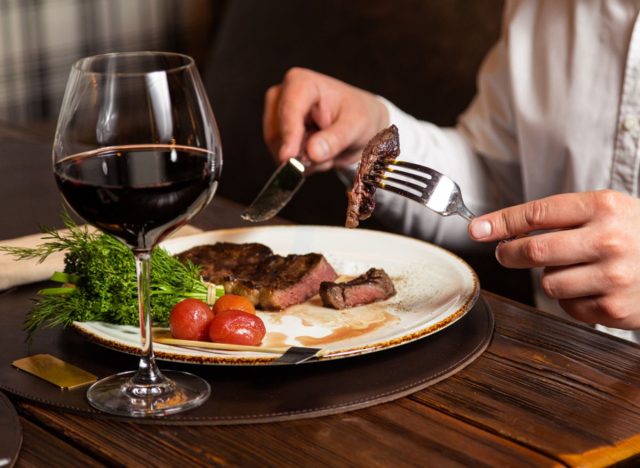
And lastly, you're going to want to know which temperature you prefer and what temperature of cooking goes best with each type of steak. There are usually five standard temperatures: rare, medium-rare, medium, medium-well, and well-done.
When we asked Sigler about temperature, he said, "there is no right or wrong answer, but if you ask us in our restaurant, we recommend eating primal cuts medium rare because that is when the steak is the most tender and flavorful." Primal cuts include a flank, rib, brisket, loin, and chuck.
It's also important to note that "the higher the temperature you cook it, typically the tougher it will get," says Sigler. "Some cuts of beef require a longer cooking process, a la braising, because of their muscle structure, but if you were raised on well-done steaks, you may want to step out of your comfort zone and give it a try at the recommended temperature."
But seriously reconsider well-done
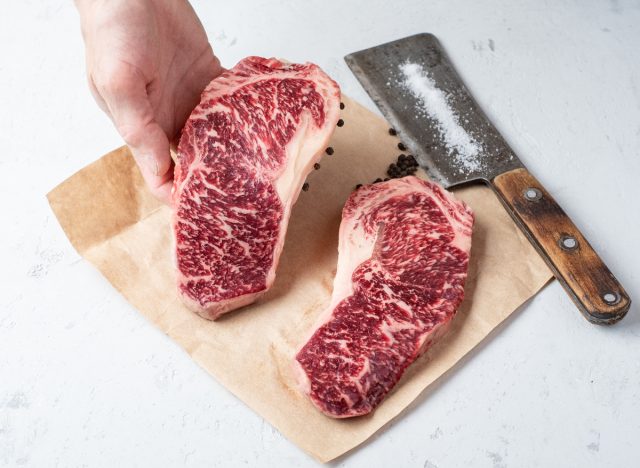
While there is no wrong temperature to eat a steak, well-done will not give you the best experience. Every chef we spoke to agreed that a well-done steak is a waste of a good piece of meat. "The reason why well-done is not the greatest is because of all the loss of flavor, fat, juice, and the promotion of tough dry texture after it gets cooked past around 140 degrees," said executive chef Kyle Bradish, of Rare Steakhouse.
Wagyu especially should never be ordered well-done, just get a different cut. Executive chef Eric Mickle of Salt & Fin at Harrah's Resort Southern California, explains, "Never order a Wagyu or American-style Wagyu cut well-done," he says. "The fat content is what makes a Wagyu a Wagyu, and by overcooking that piece of beef, you are just rendering all of that beautiful flavorful fat out."
A previous version of this article was published in October 2022. It has been updated with new information.









